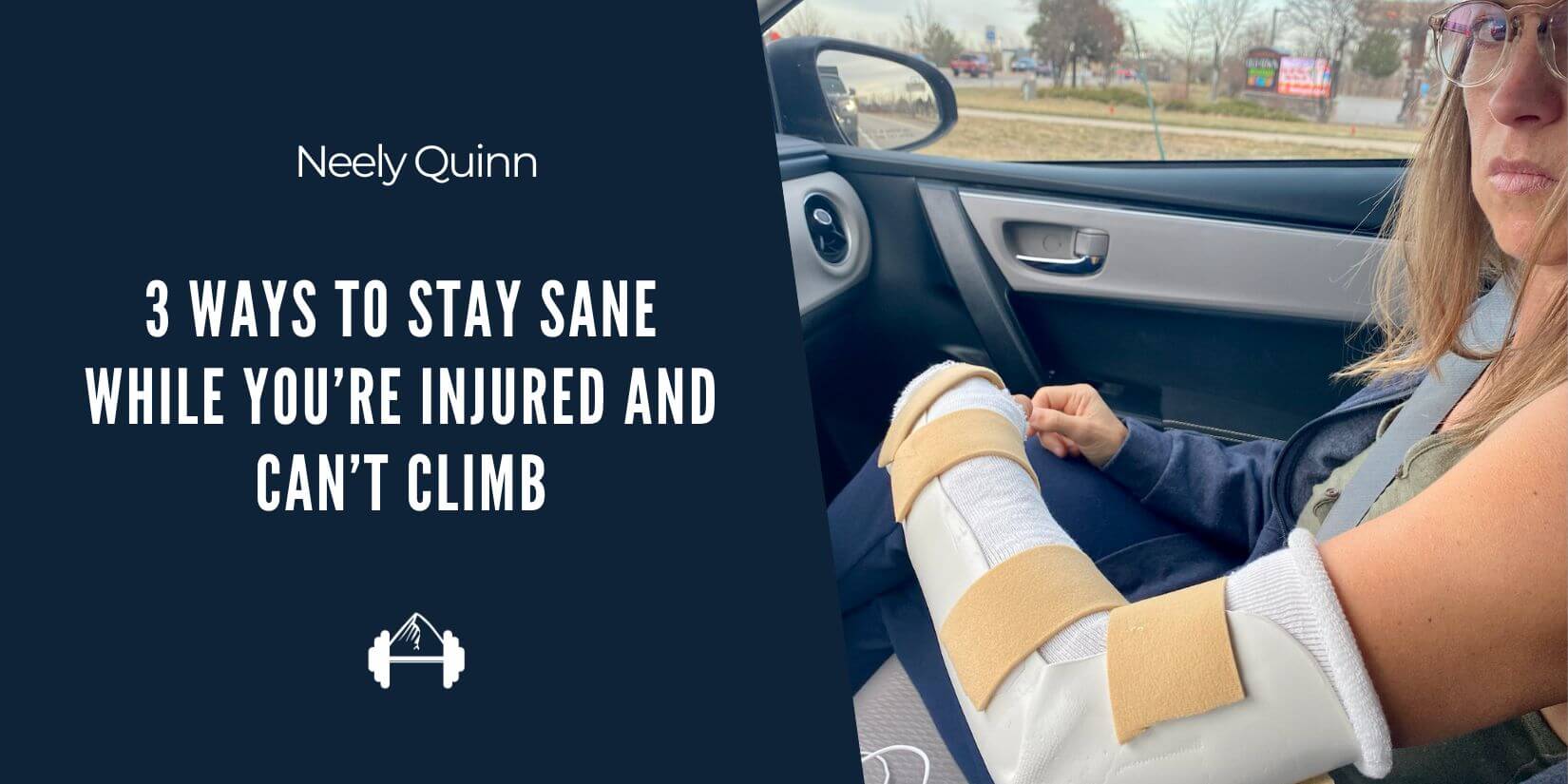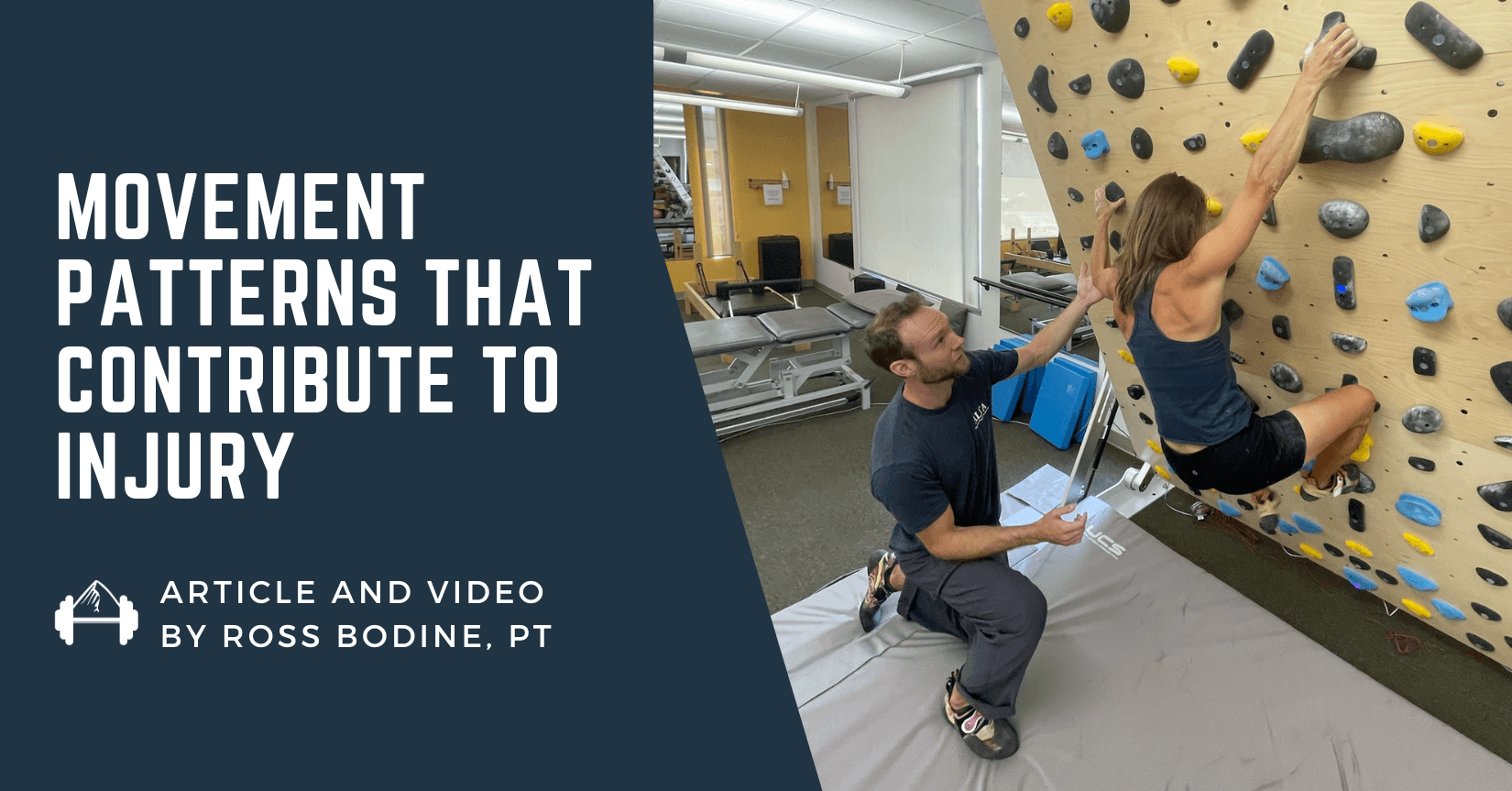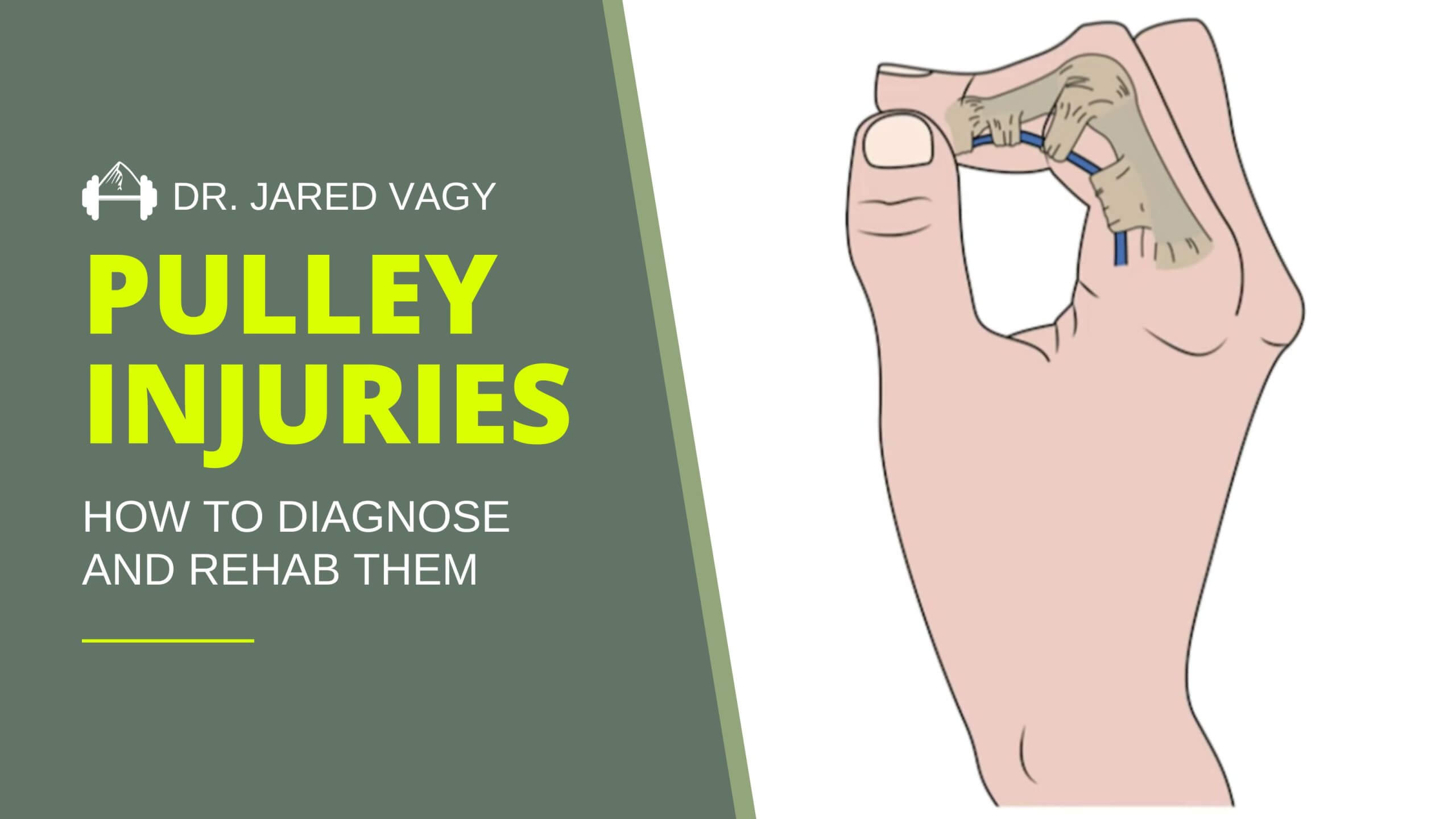If you climb for long enough eventually you will probably have to deal with some kind of finger injury. While careful training and preventative care can stave off injury, chances are eventually you are to have some sort of pulley injury. However, the severity of these injuries can vary a great deal and depending on how much damage is done to the pulley they need to be dealt with in different ways.
In an effort to shed some light on the subject, Will Anglin wrote an in depth post exploring the ins and outs of finger anatomy and pulley injuries specifically.
Closed pulley sprains/ruptures, not resulting from a laceration or crazy impact trauma, are almost exclusively the result of climbing. If you hurt your pulley while climbing, not many doctors, and even very few hand specialists have dealt with these types of injuries and actually understand the forces involved in climbing (“So, are you training to climb Mt. Everest?”). As climbing has grown in popularity, more and more of these injuries are finding their way to health practitioners, which has allowed doctors to build up a solid base of experience in dealing with them and has resulted in some helpful climbing-specific research. If you get injured and live in an area with a large climbing population, it may be fairly easy to find a doctor who is knowledgeable and experienced in diagnosing and rehabilitating pulley and other climbing-related finger injuries. If you don’t, you might have a pretty hard time tracking someone down.
As Will notes, finding knowledgable medical care can often be quite challenging. In an effort to help climbers who do not have access to a doctor with experience diagnosing and treating pulley injuries, Will compares the three best climbing specific sources on the topic and complies a guide to diagnosing and rehabbing pulley injuries.
The three sources Will compares are
- One Move Too Many (2nd Ed.) by Thomas Hochholzer and Volker Schöffl
- Make or Break by Dave MacLeod (2015)
- Climbing Injuries Solved by Lisa Erikson (2015)
Click through bellow to read Will’s full article. It is highly informative and full of helpful advice on pulley injuries to ensure that you are back healthy and climbing as quickly and safely as possible.
Also, if you are interested in learning more about how to stay healthy, check out our Injury Prevention Guide by Dr. Jared Vagy. It’s filled with tons of information about how to stop climbing injuries before they happen.
Click Here: A Comparative Review of Pulley Injury Literature
(photo courtesy of willanglin.squarespace.com)
Other Articles You Might Like:
- Emerging Concepts in Injury Prevention: Carpal Tunnel Syndrome
- TBP 014 :: Physical Therapist Jared Vagy on Injury Prevention and Treatment
- TBP 026 :: Dr. Lisa Erikson on Preventing and Healing Injuries
- Climber Problems: The A2 Pulley Strain





It seems that Will Anglin has a new website (clicking the link here leads to a site that no longer exists). In searching the internet today for various sources of literature, I think I found the new site for the broken link in this article.